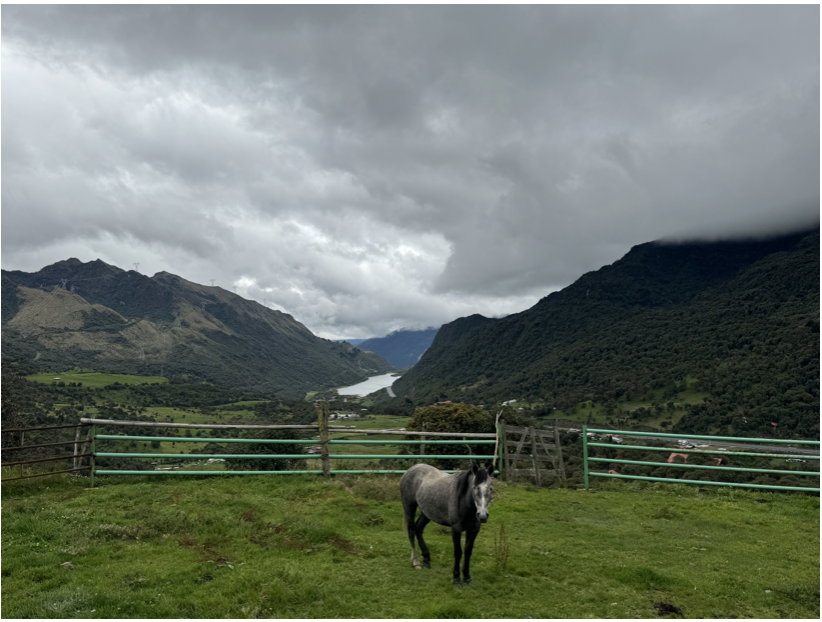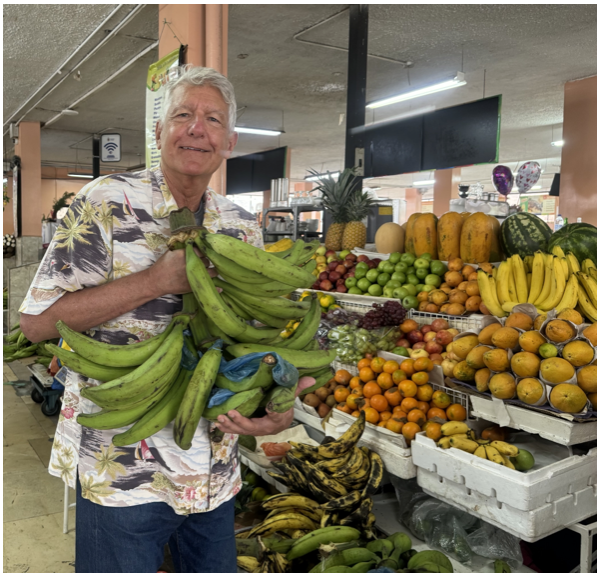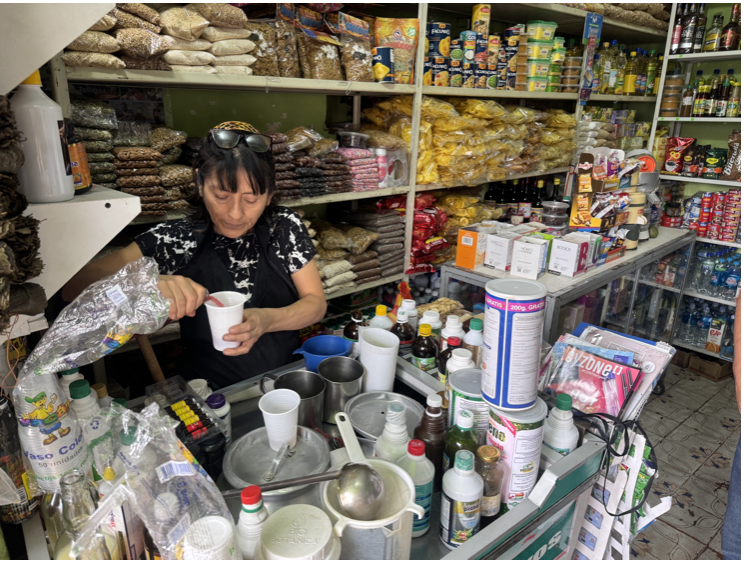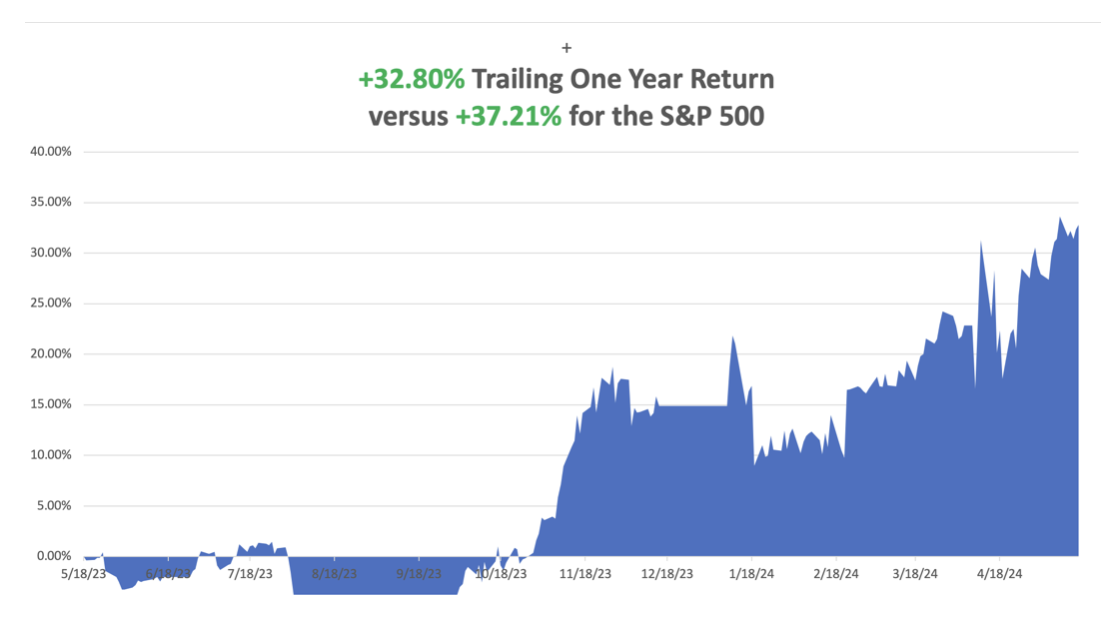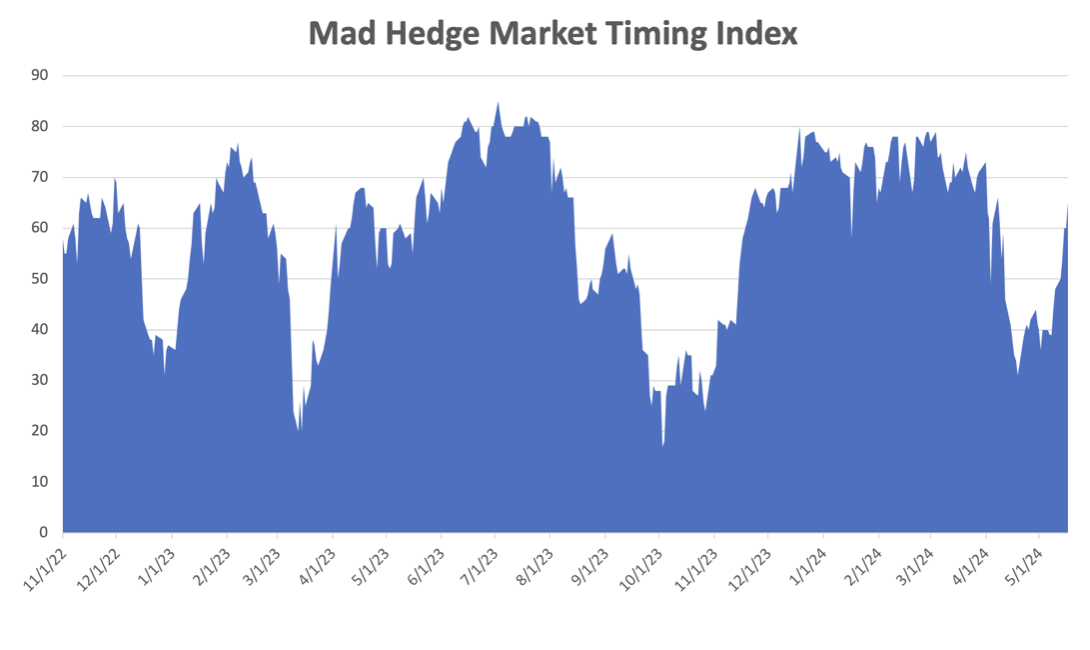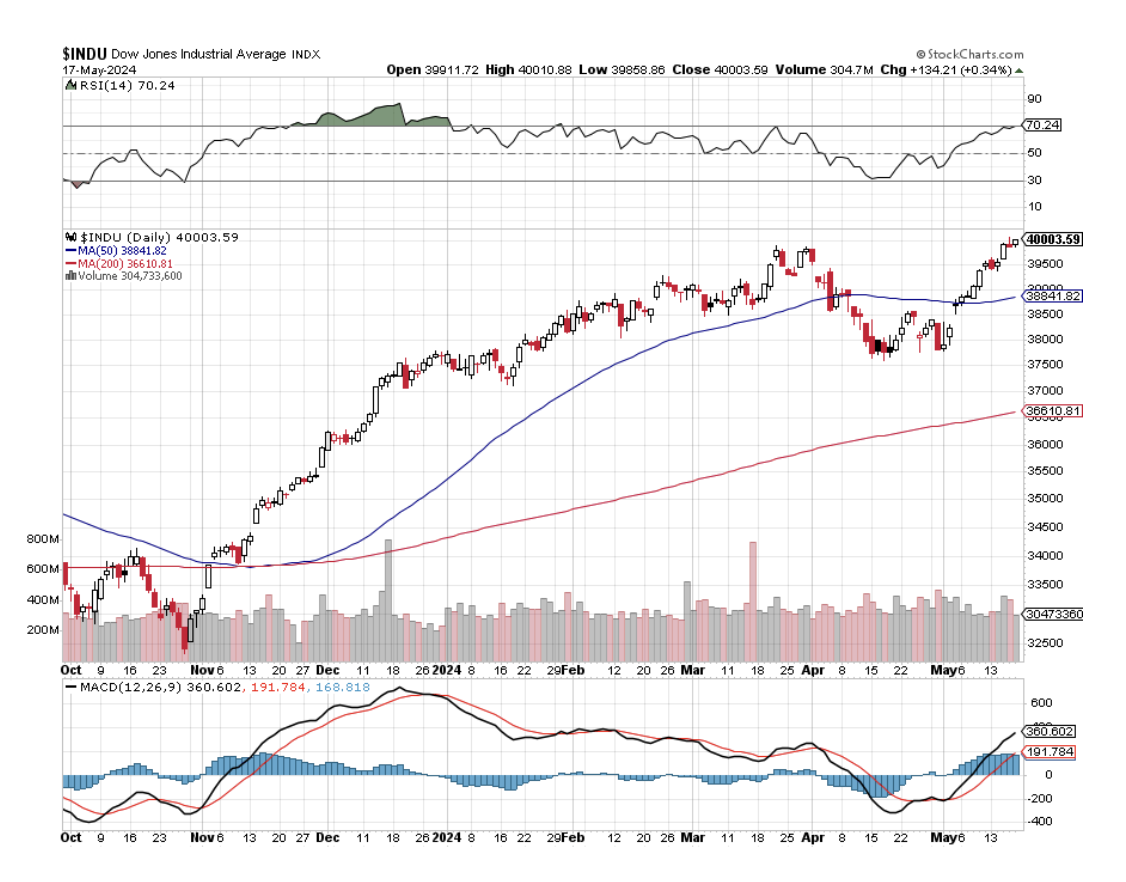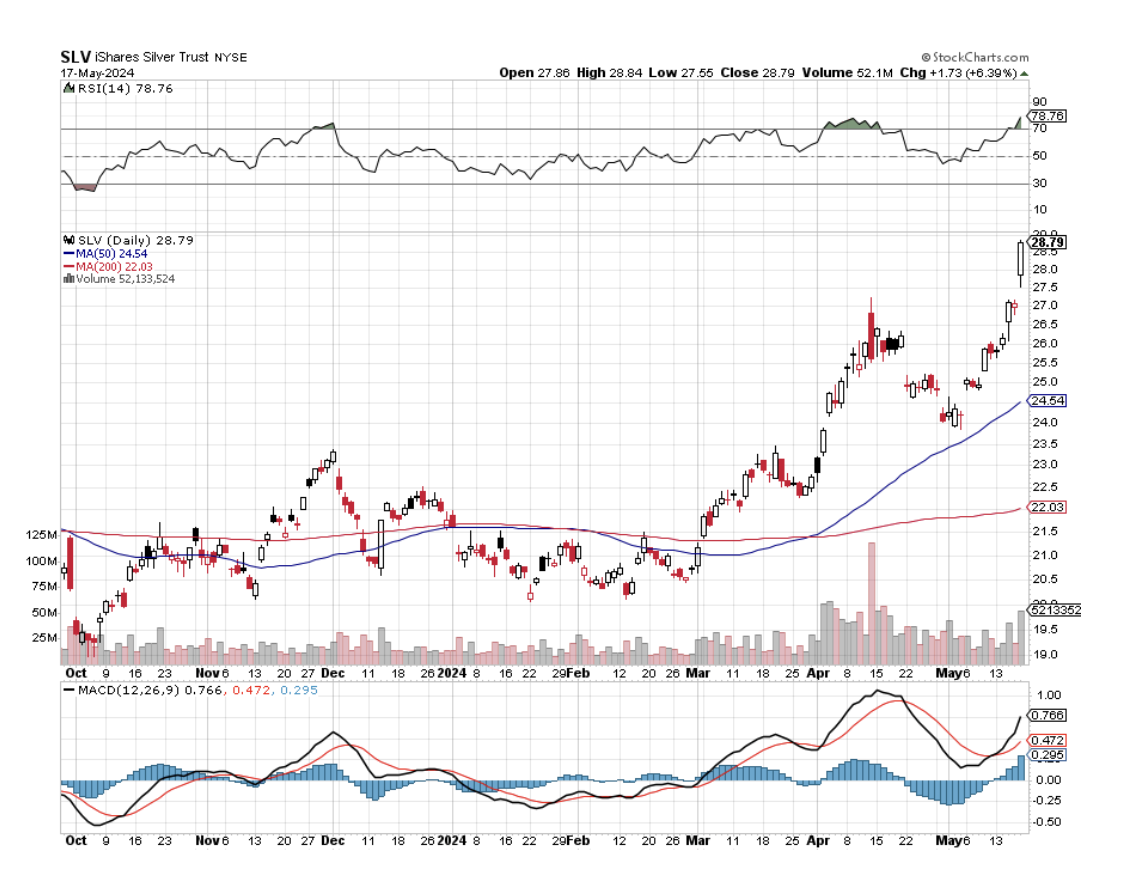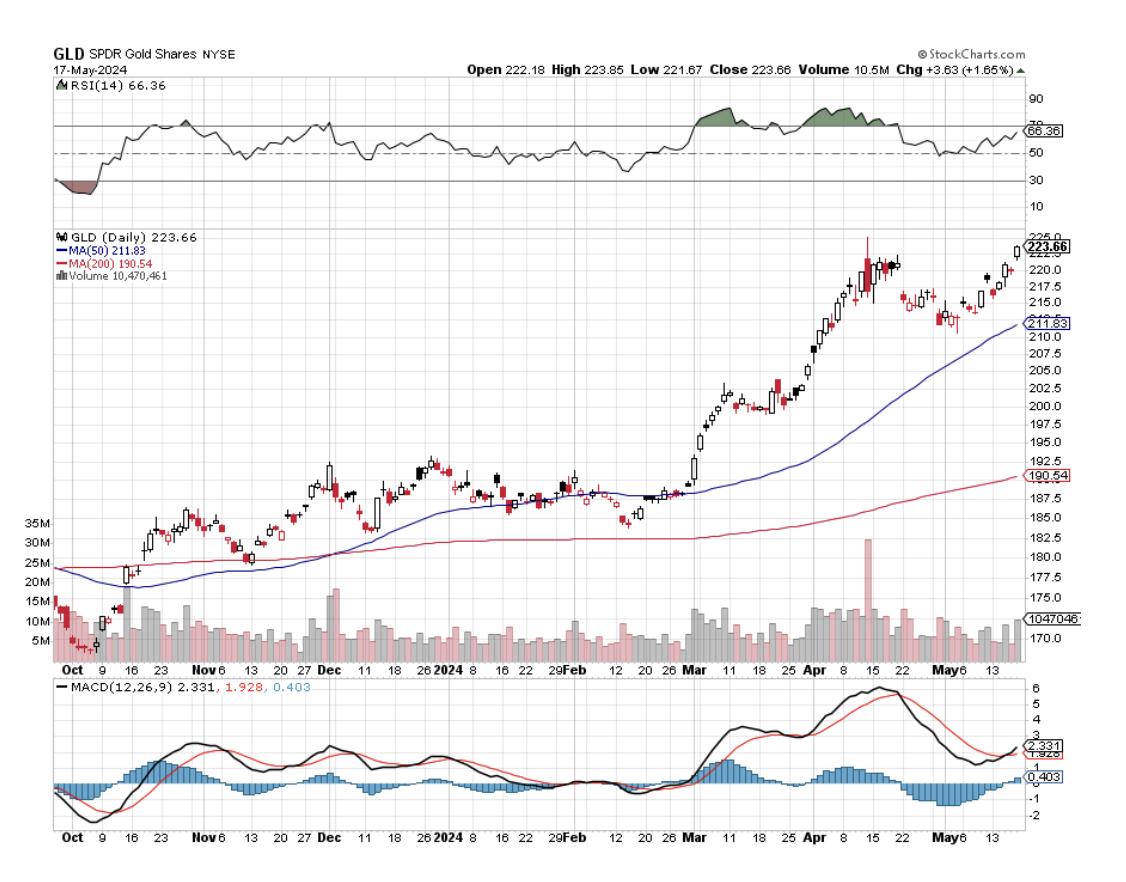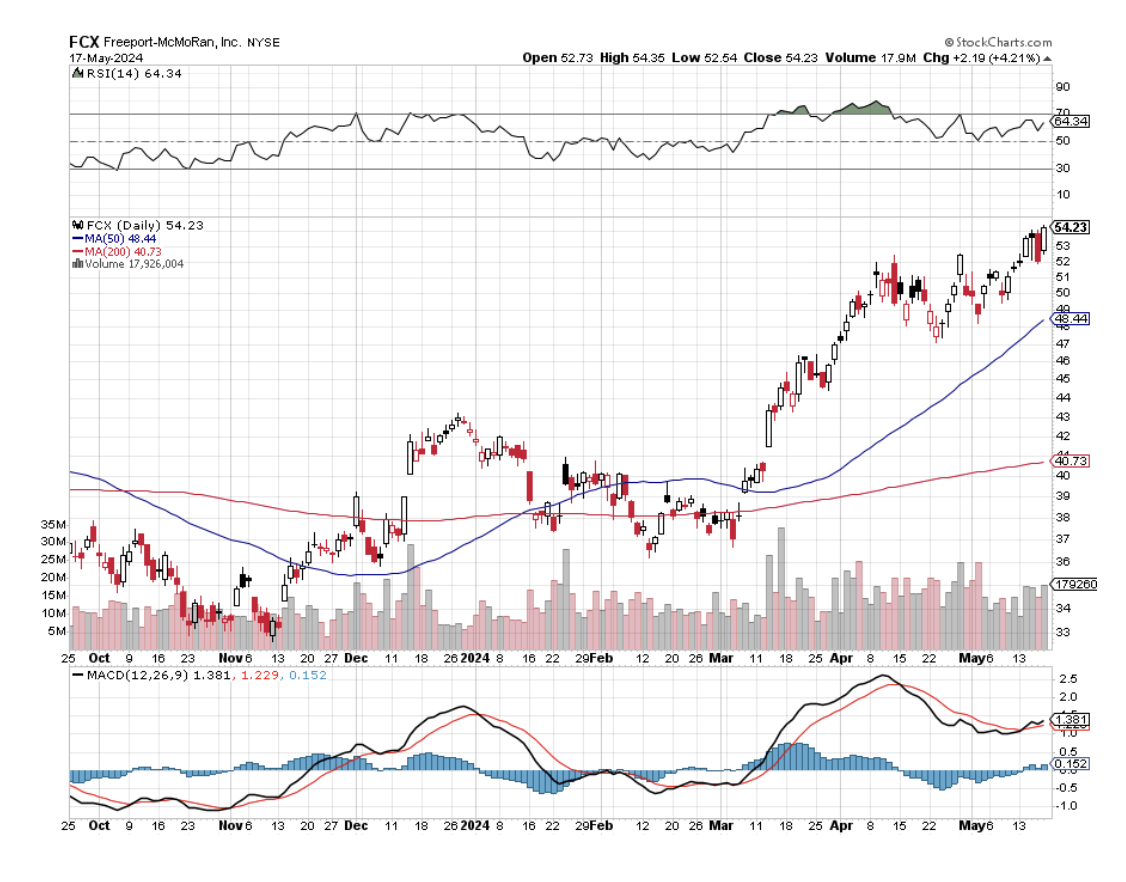When I entered the stock market in 1982 when the Dow was at 600 and you told me the Average would reach 40,000 in 42 years, I would have thought you delusional, out of your mind, and stark raving mad.
Yet, here it is 2024 and here we are, with the index up an eye-popping 66.6 times. The good news is that we are now only one triple away from reaching my long-term target of 120,000. Never underestimate the power of compounding, which my friend Warren Buffet describes as a snowball.
You can’t help but be impressed with the performance of precious metals over the last two weeks, up 6.50% for (GLD) and a ballistic 20% for (SLV). Metals producers are unable to rush supplies to the market fast enough to cover their shorts in the futures market, creating a massive short squeeze.
Long may it continue.
The moves validate my own forecasts for the barbarous relic to hit $3,000 and the white metal to reach $50 sometime in 2025.
One cannot underestimate the power of the weakening economic data over the last fortnight. As a result, we have gone from “Higher for longer” to “Lower sooner”, with huge consequences for all asset classes.
That brings to the fore investment in fixed-income securities. There are two ways to make money on a fixed income. Coupon interest rates are still at historically high levels. And as rates fall, fixed-income prices rise, opening the door to capital gains, which could reach 10%-20% in the coming year.
The fixed-income market, at $100 trillion is double the size of the stock market. And there are many more bond listings than stock ones. So the number of possible investments is almost endless. I shall give you a brief overview of some of the more interesting subsectors.
US Government bonds – are the gold standard with a guaranteed return. But you pay for the extra security with lower rates; the current ten-year US Treasury bond yield is 4.42%, much lower than the present 90-day T-bill of 5.25%. The easiest way to buy these is through the (TLT). The 30-year government bond should be avoided as the extra 0.14% in yield doesn’t adequately compensate you for the extra 20 years of risk
Junk Bonds – Also known as “high yield” bonds have always been misnamed. The default rates never remotely approached the levels that justified their high yields, not even during the financial crisis, as my old friend former junk bond king Michael Milliken has amply proven. The (JNK) is currently yielding 6.59% and has the potential for larger capital gains than government bonds.
Master Limited Partnerships – These are partnerships granted generous tax benefits with the goal of producing oil. They issue annual Form K-1’s to include with your tax return. Dividends are deferred until the MLP’s investment reaches the end of its useful lives, which can be decades. MLP’s used to be a huge industry with dozens of listed companies.
When the price of oil went to negative numbers during the pandemic, most of them got wiped out. Because of this rocky past, there are a handful of large, well-capitalized MLP’s that with extremely high yields. One is Western Midstream Partners (WES) with a 9.20% yield. Energy Transfer Partners (ET) pay a 7.96% yield.
These yields will remain safe as long as oil prices are stable or rising, as I expect in a long-term global economic recovery. Take oil back to zero again in another pandemic and these returns will get turned on their head.
With the normalizing of interest rates, it's time to normalize investment strategies as well. That means bringing back the old 60/40 strategy where one half of the portfolio ensures the other, with a modern twist. You can put 60% of your assets in stocks, with half on technology and half on domestic cyclicals.
The other 40% should be allocated to some mix of the above fixed-income investments guaranteeing annual high returns. In not a bad strategy for mature investors, especially if they would rather be on a golf course instead of spending all day in front of a screen picking bottoms and tops for stocks, like Millennials.
So far in May, we are up +3.01%. My 2024 year-to-date performance is at +17.62%. The S&P 500 (SPY) is up +10.90% so far in 2024. My trailing one-year return reached +32.80% versus +29.02% for the S&P 500.
That brings my 16-year total return to +694.56%. My average annualized return has recovered to +51.77%.
As the market reaches higher and higher, I continue to pare back risk in my portfolio. I let my (GLD) and (SLV) positions expire at max profit. I did the same with my (MSFT) short. I sold my (NVDA) and (TLT) shorts for a nice profit. That leaves me with just two positions, a long in (SLV), which has gone ballistic, and a short in (AAPL).
Some 63 of my 70 round trips were profitable in 2023. Some 27 of 37 trades have been profitable so far in 2024.
The Bull Market has Five More Years to Run, with S&P 500 (SPY) growing earnings at 10% a year for the foreseeable future. Last year brought in $222 per share, 2024 will see $250, 2025 $270, and $300 for 2026. The Great American Golden Age has only just begun. Profit margins will expand to all-time record highs. Falling rates and a weak dollar will boost exports to a recovering Europe and Japan. Inflation should hit the Fed’s 2% in 2025 as AI chatbots replace workers at a breakneck rate, cutting costs dramatically. The future is happening fast. Buy everything on dips, even bonds.
CPI Comes in Cool, in April at 0.3% versus 0.4% expected, taking stocks to new all-time highs. Inflation resumed its downward trend at the start of the second quarter in a boost to financial market expectations for a September interest rate cut. Buy em!
PPI Comes in Hot at 0.5%, and up 2.2% YOY, putting up another potential roadblock to interest rate cuts anytime soon. The PPI is a gauge of prices received at the wholesale level that came in higher than the 0.3% estimate. Higher for longer rules. The last mile, or the last 1$ drop in inflation is always the hardest and usually requires a recession. Higher for longer rules.
Retail Sales Come in Surprisingly Flat in April, setting up a Goldilocks economy for the Fed to cut rates in September. The unchanged reading in retail sales last month followed a slightly downwardly revised 0.6% increase in March, the Commerce Department's Census Bureau said on Wednesday. Retail sales were previously reported to have risen 0.7% in March.
Biden to Increase China Tariffs (FXI) to 100%, on key sectors including electric vehicles, batteries, solar cells, steel, and aluminum. Biden has previously announced the steel and aluminum tariffs, which will increase to 25% on some products that have a 7.5% rate or no tariffs now. The EV rate aims to protect the US from a potential flood of Chinese autos that could upend the politically sensitive auto sector. The total tariff on Chinese electric vehicles will rise to 102.5% from 27.5. Biden’s union support is clear for all to see.
Copper Hits Record Highs, as hedge funds, trend followers, bearish shorts, and Chinese speculators pile in. New York prices hit $5 a pound, while London reached $11,000 per metric tonne. The price action is similar to other commodities with disrupted supplies like Cocoa and Nickel. The runaway market will continue. Buy (FCX) and (COPX) on dips.
As the Dow Tops 40,000, investors are pouring money into both bonds and stocks, according to the Bank of America. Equity funds saw $11.9 billion in inflows, while bond funds drew in $11.7 billion. Within fixed income, Treasury inflation-protected securities (TIPS) saw outflows of $700 million, the most in nine weeks. Keep buying those dips.
Weekly Jobless Claims Drop 10,000, to 222,000, after seasonal factors caused a significant increase in New York claims in the prior week. The four-week moving average, which helps smooth short-term fluctuations in weekly claims figures, increased to 217,750, the highest level since November.
Solar Storm Hits Starlink, taking out several hundred satellites and degrading service, says Elon Musk. Starlink, the satellite arm of Elon Musk's SpaceX, is suffering as the Earth is battered by the biggest geomagnetic storm due to solar activity in two decades. Starlink owns around 60% of the roughly 7,500 satellites orbiting Earth and is a dominant player in satellite internet. The U.S. National Oceanic and Atmospheric Administration has said the storm is the biggest since October 2003 and is likely to persist over the weekend, posing risks to navigation systems, power grids, and satellite navigation.
My Ten-Year View
When we come out the other side of the recession, we will be perfectly poised to launch into my new American Golden Age or the next Roaring Twenties. The economy decarbonizing and technology hyper accelerating, creating enormous investment opportunities. The Dow Average will rise by 800% to 240,000 or more in the coming decade. The new America will be far more efficient and profitable than the old.
Dow 240,000 here we come!
On Monday, May 20, nothing of note takes place.
On Tuesday, May 21 at 1:30 PM EST, API Crude Oil Stocks are released.
On Wednesday, May 22 at 2:00 PM, the Existing Homes Sales are published
On Thursday, May 23 at 7:00 AM, we get New Home Sales. And at 8:30 AM, the Weekly Jobless Claims are announced.
On Friday, May 24 at 8:30 AM, the Durable Goods Report is announced. At 2:00 PM, the Baker Hughes Rig Count is printed.
As for me, when I crossed the Continental Divide at 13,300 in the Andes Mountains of Ecuador last week, the vast expanse of the Amazon Basin lay before me. Clouds danced in and out of the treetops, waterfalls plunged down precipitous slopes, and the jungle spread out for 2,000 miles east. I was somewhat buzzed by the altitude but still enjoyed every minute.
My destination was the Termos Papallacta spa on the slopes of an ancient volcano which offered steaming hot sulfuric waters and a brisk massage for $50. Colorful exotic flowers abounded. This is where the wealthy of Quito come to salve arthritis and aches and pains in magical waters.
How do you get wealthy in Ecuador? Bananas, tourism, real estate speculation, and flower exports to the US. Given my experience with Japanese onsens, I had no problem with their ultra-hot waters.
This is the land of the Jivaro Clan, the world’s last known headhunters. Their final victim was a National Geographic Society explorer in 1961. Recently, his grandson traveled to Ecuador to retrieve the head and return it to the US for a respectful burial, all to great fanfare in the local press. The Jivaro still shrinks heads, but only of animals which they sell to tourists just to keep the practice alive.
Ecuador is the great test bed for monetary experts around the world. In 1999, they suffered a financial crisis where the value of their currency, the Sucre, collapsed to 25,000 to the dollar. The central bank responded by changing the national currency to the US dollar and only permitting conversion from the old currency at $2 per person.
The move had several unintended consequences. The savings of everyone in the country were wiped out overnight. But it also eliminated their debt. Those with relatives sending back remittances from the US suddenly became wealthy and bought up all the real estate they could. In the end, it created an economic boom that continues to today.
Today, Ecuador is one of the friendliest, and cheapest countries in South America. It elected Daniel Noboa as president in 2023, the scion of a banana fortune, who has been hugely popular. The government cracked down on the drug gangs, arresting everyone with a suspect tattoo. Today the police and army are everywhere, and the streets are safe. There are armed checkpoints at key intersections. The ownership of firearms and even long knives has been banned.
The country has no seasons, sitting right on the Equator, and is temperate all year long. Even at 13,300 feet, there is no snow. I had no problem with the food, but then I had a cast iron stomach battle-tested in 135 countries. Not even the locals drink the tap water, which is only used for washing. It has to be all bottled water all the time or you die and you often see people lugging around one-gallon bottles.
Retiring Americans have noticed and some 20,000 now live in the country on their Social Security checks at one-third the cost of home. They concentrate on cultural hot spots, like the ancient city of Cuenca, where the local hospitals speak English, are experts in gerontology, and accept Medicare. You can buy a nice home in a mountain urban area for $250,000 and beachfront digs for $500,000. The Marriot Hotel in Quito cost me $160 a night and a steak dinner was $19 and to die for.
You can’t go to Quito without visiting the Equator for which the country was named, a tourist mecca where everyone gets pictures straddling the northern and southern hemispheres. The country has two summer solstices a year, one in the spring and one in the fall, as the sun transits from north to south, then south to north.
I passed on the shrunken head, which I thought grotesque, and got the T-shirt instead. Besides, US Customs might have questions (Do you have any shrunken heads to declare?). I think I’ll be returning to Ecuador soon.
Descending into the Amazon
Jivaro Indian
Shopping for Breakfast
A Slow Day at the Flower Market
A Smoothie for Lunch
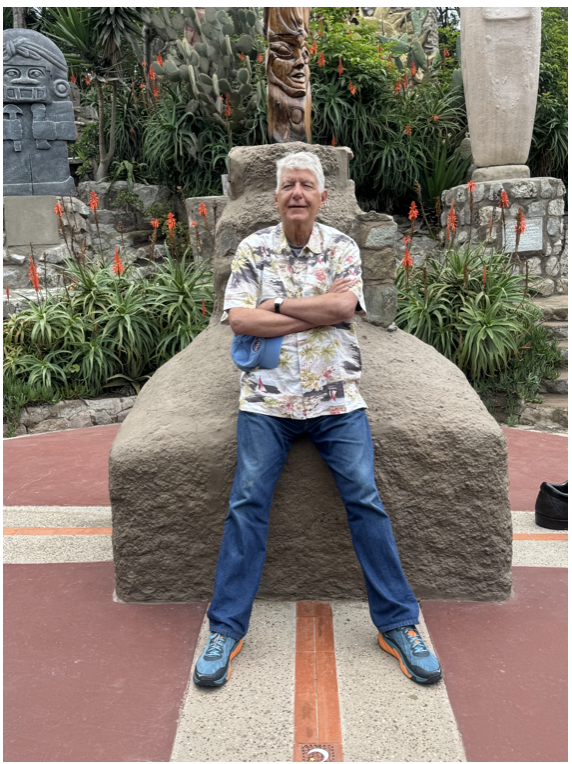
Standing on the Equator, One Foot in Each Hemisphere
Good Luck and Good Trading,
John Thomas
CEO & Publisher
The Diary of a Mad Hedge Fund Trader

